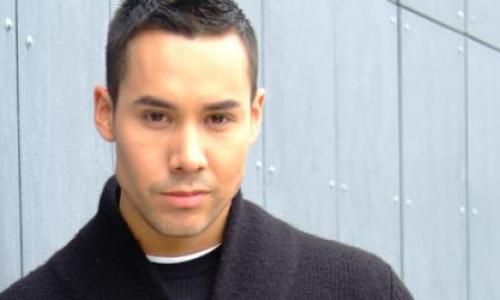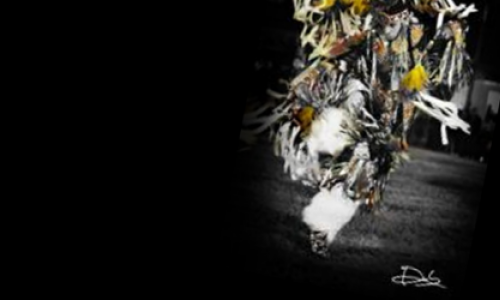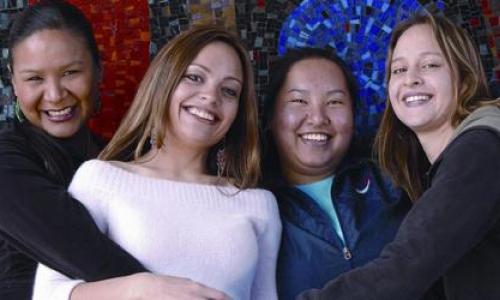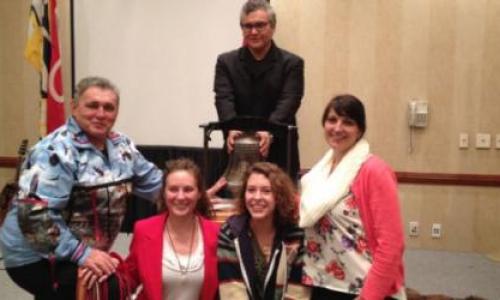For a short book of 98 pages, The Fourth World: An Indigenous Perspective on Feminism and Aboriginal Women’s Activism by Grace J.M. Ouellette contains a myriad of themes and an abundance of information. I will provide a brief discussion of each of the chapters in order to avoid glossing over any one theme as each are valuable and build upon the others. The purposes of her book is to discuss the oppression of Aboriginal women, as well as, where and how Aboriginal feminism is situated within contemporary feminism. She seeks to understand what it means and how Indigenous women perceive their own oppression.
In chapter one, Ouellette begins by providing an outline of four contemporary feminist theories; Liberal Feminism, Marxist Feminism, Radical Feminism and Socialist Feminism, each of which are based on white women’s experiences. Beginning with Liberal Feminism which is largely associated with the western, capitalist ideology of individualism and as such, is in opposition to the more holistic values of most Aboriginal communities and women. Marxist Feminism “believe that women’s procreation and caregiving roles prevented them from working outside the home consigning them to the private sphere, while the men were seen to be outside this realm, in the public sphere” (Ouellette, p. 18). This also, is in opposition to the values of Aboriginal women, as the importance of roles for women as life givers is vitally important to the health of the individual, family unit and community. Radical Feminism sees the dominant relationship of men over women as their primary source of oppression. While this may be an aspect of Aboriginal women’s oppression, there are many other layers to consider as well, including racism and colonization. Socialist Feminism is very similar to Marxist Feminism and as such, has much of the same conflicts for Aboriginal women. What is discovered by this brief summary is that Indigenous women, and therefore Indigenous feminism is entirely different than that of contemporary feminism as they each contain entirely different world views; Individualism versus Holism.
Chapter Two, “The Aboriginal Women’s Movement” provides a brief history of the movement by introducing various organizations that have fought for Native women’s rights, including the Native Women’s Association of Canada, Indian Rights for Indian Women, the Tobique women’s group, and the Advisory Council on the Status of Women among others. This history also includes discussions of the Indian Act and the ways in which the contact period oppressed and devastated Native women. This chapter also delves into the concerns of Indigenous women in that “[g]lobally, Indigenous women appear to be more concerned with racism, classism and national oppression in its various forms than that with the issue of sexism” (Ouellette, p. 42). An alternative theory coined, The Fourth World is suggested, which is rooted holism and projects the teachings of the Medicine Wheel.
Chapter Three includes various interviews with Aboriginal elders, men and women. The questions were designed for the purposes of discussing the status of Aboriginal women.
Three things should be noted in the Aboriginal women’s movement. The first is that the concept of the circle, whether it is a medicine wheel, the Circle of Life, or a healing circle, is common in Aboriginal thought, and is the underlying philosophy of most Aboriginal women’s organizations. Second, Aboriginal women tend to reify their roles as women and do not seek a separatist feminist role. They do not oppose women’s roles such as motherhood and caregiving as do some academic feminists. And finally, children and the elderly as part of their struggle. Their concern if fo rthe well-being of their families, their communities and Aboriginal people in general. Is is a departure from feminism in the sense that some feminists perceive the family and household as sources of their oppression and do not appear to appreciate their roles as mothers and nurturers for future generations. (Ouellette, p. 83).
The fourth chapter expands on these ideas, particularly regarding the common holistic worldview shared by many First Nations, colonialism via the Indian Act and feminism. This chapter explains that Aboriginal women actually want to return to their traditional roles because the effects of colonization unwillingly forced them from their roles as “childbearers, nurturers and caregivers” (Ouellette, p. 89).
The fifth and final chapter is about self-government. It is brief and touches, once again, on the oppression suffered by Aboriginal and women, due to Canada’s colonial policies and includes a breakdown of the model of the Fourth World and the ways in which it can be used to empower Aboriginal women.
Because my own research is focused on both, my grandmother’s experiences as well as her teachings of the medicine wheel, this book provides a guide as to how to approach the written form of my Grandmother’s experience as a woman, and as an Indigenous person. Her experiences with racism, classism, colonization and sexism are all very much a part of her story and the inclusion of the teachings of the medicine wheel is the lens through with I will approach the subject of her own oppression. As well, I will describe how the holistic teachings of the medicine wheel acted as a form of decolonization for her throughout her life, and how it continues to heal nations from the effects of the racist Canadian policies and ideologies. Ouellette’s inclusion of the Fourth World when discussing these issues provide me with insight as to how to move forward with my own work.















